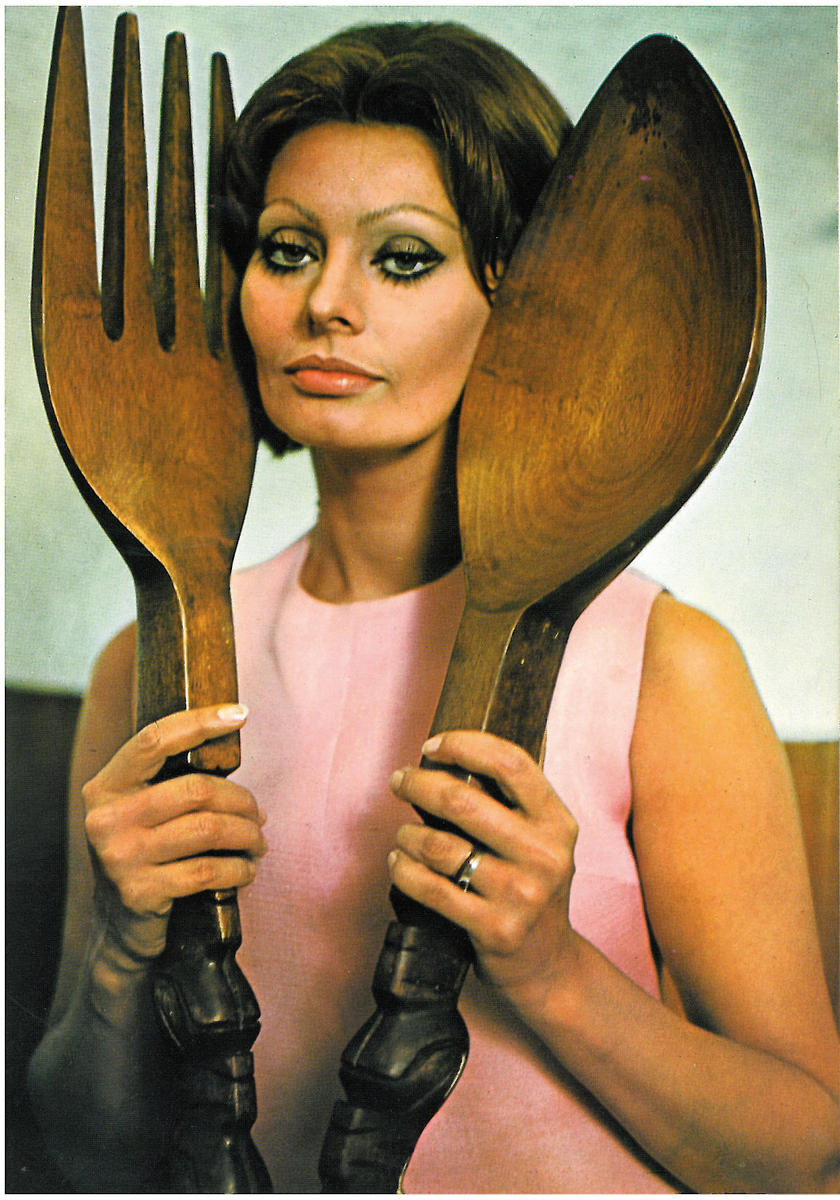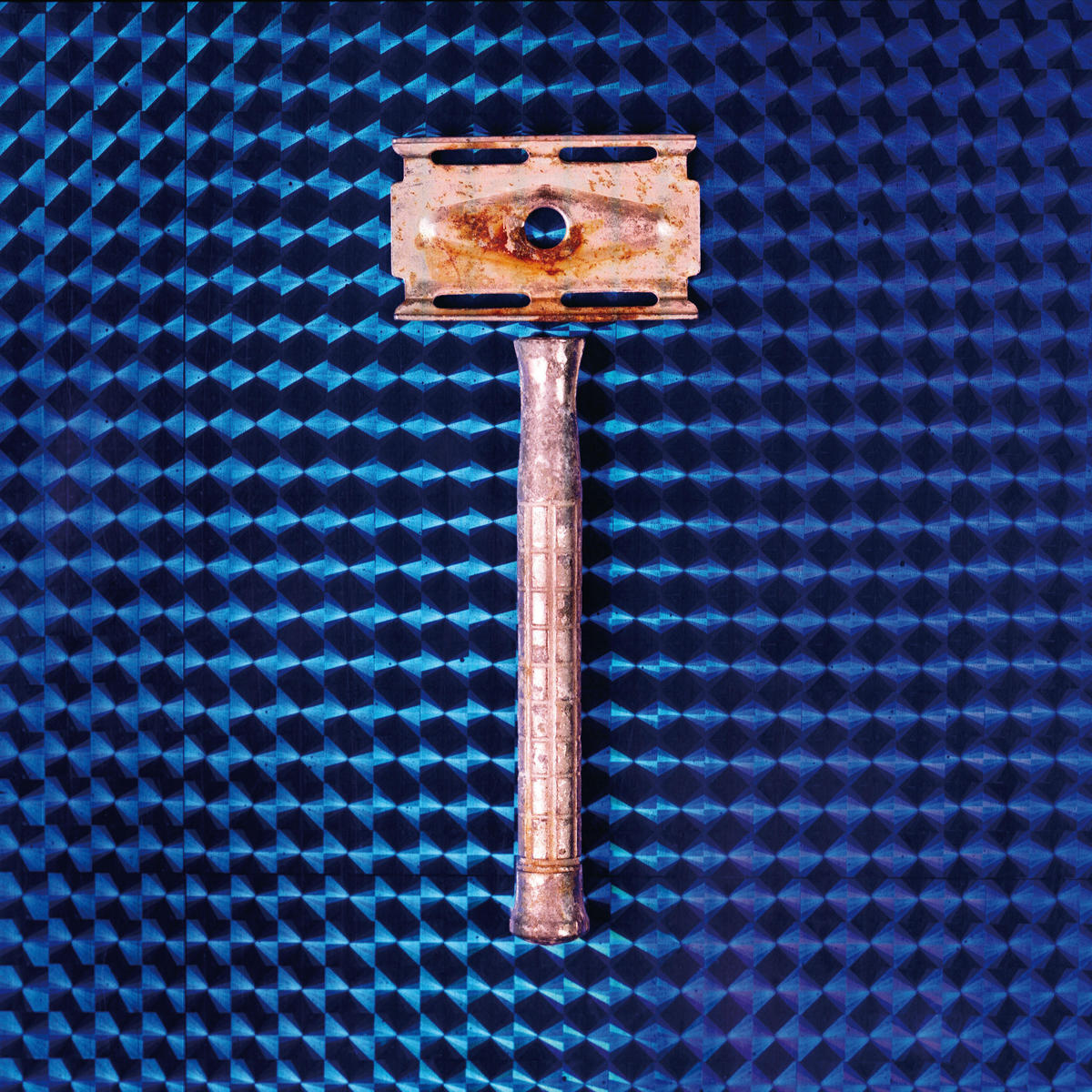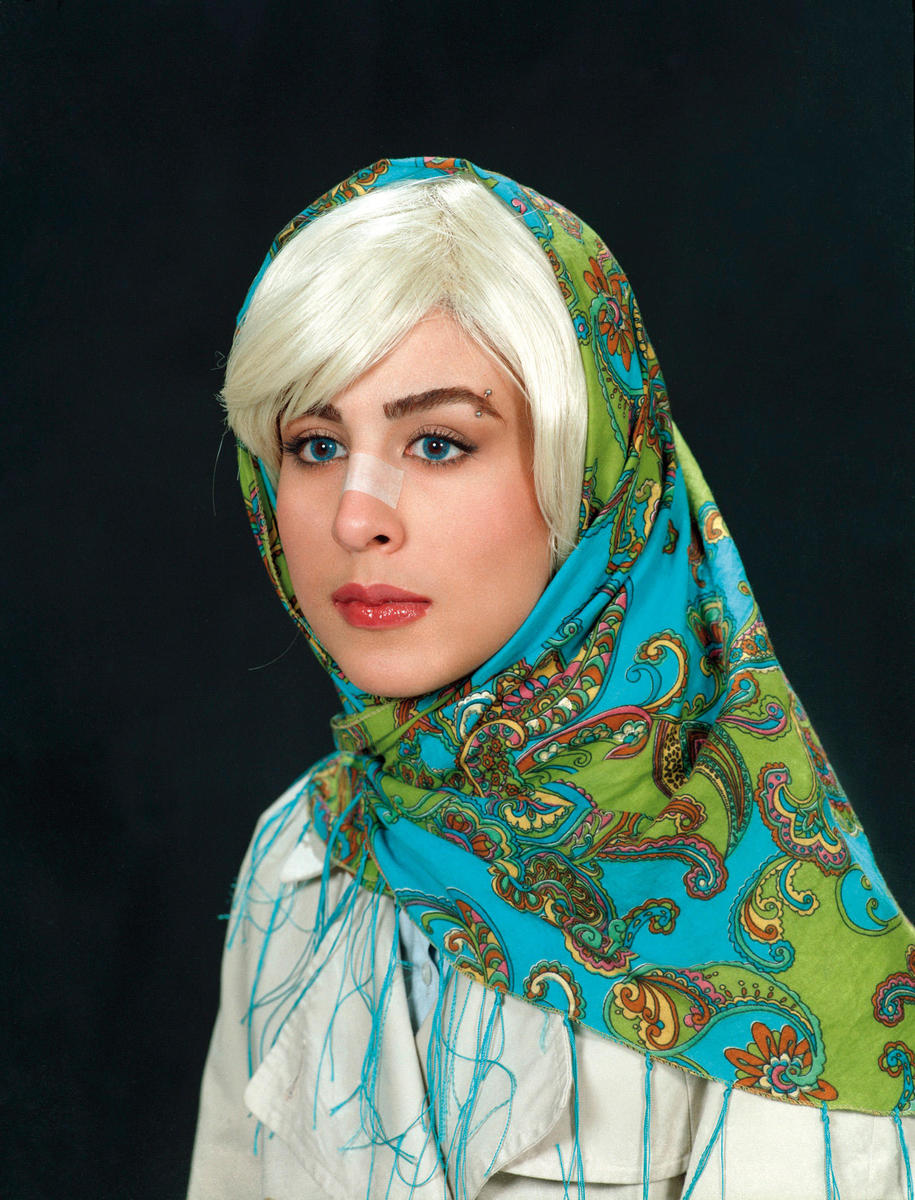
there are always hearts flying to the sky, 2008. Courtesy the artist
London
Made in Iran
Asia House
June 24–July 10, 2009
This past year has seen a veritable industry arise around art made in the Middle East. During the contested Iranian presidential election of June, our attention turned not only to the political demonstrations on the streets of Tehran and other cities, but also to the contemporary art created within the country’s borders. Manhattan alone hosted three separate exhibitions of works by Iranian artists, the largest of which was the Chelsea Art Museum’s ‘Iran Inside Out.’ Yet while that show, like the Saatchi Gallery’s 'Unveiled: New Art from the Middle East,’ exhibited works made not only within Iran but also by the diaspora, a more concise, modest, and poignant offering was underway in London.
Held in the basement of the Asia House cultural center, just a few yards from the BBC World Service headquarters, 'Made in Iran’ exhibited works by seven artists who live in Iran today. If creativity flourishes within constraints and if, as Hamid Dabashi eloquently put it in The Brooklyn Rail, “demonstrations are the variegated vineyard of the wine we are drinking in these exhibitions,” then much is to be gleaned from this generation of artists working within Iran’s thin red lines. Given the timing of 'Made in Iran,’ it was nearly impossible for audiences not to read political meanings into the art produced under a government that has politicized so many aspects of day-to-day life.

A most unsettling reinterpretation of daily life was found in Simin Keramati’s painting Make Up. The closeup self-portrait of the artist against a blood-red background, her scarlet lipstick smeared across her cheek, would always have evoked self-censorship or domestic violence, but now also conjured up images of Neda Agha Soltan gunned down on a Tehran side street. With or without the context of recent events as backdrop, the work was jarring in its willingness to turn the traditional portrait on its head.
Equally forthright in its treatment of female iconography was artist Shirin Aliabadi’s Hybrid Girl 6, a portrait of a popsicle-licking peroxide blonde, one of what the show’s organizers called “the Paris Hiltons that line Vali Asr Boulevard.” Though lacking the lapdogs that such women are usually spotted with — perhaps the ultimate political statement in such a dog-fearing nation — Aliabadi’s demonstration of an identity cultivated in opposition to the regime’s ideal was as striking an example of work created at the juncture of the personal and the political as you’ll find anywhere.

Nazgol Ansarinia contributed two small, multicolored illustrations in the style of Persian carpets, in which the traditional floral motifs were replaced by truncheon-wielding Basijis and the rifles of the Revolutionary Guards. Also by Ansarinia, who won the Abraaj prize last year, was one of her large, mesmerizing Persian carpets with swirling patterns featuring families riding pillion on motorcycles, and other whimsical observations of the chaos of modern city life, recreated in black line against white beside two, smaller, multicolored sketches. Along similar reductive lines were Arash Hanaei’s crisp monotone line drawings of the Tehran skyline. Trained as a photographer under the late Kaveh Golestan, Hanaei depicted a Tehran bereft of color; he muted the murals of martyrs and billboards advertising microwaves and rice cookers (and the message of a woman’s place being the kitchen), the city becoming a palimpsest in which political, economic, and social texts are forever being rebuilt and superimposed.
Though some of these artists, including Ansarinia, have lived and worked abroad, life abroad isn’t necessarily an option for all those involved in the show. Will Iran experience a final, crippling brain drain after the ultimate nail in the coffin of the disputed election, and with it, more families disrupted by emigration? The effects of 1979’s revolution on countless Iranians were heart-wrenchingly explored in Behrouz Rae’s Gulliver series. Dedicated to his mother, whom he nicknamed Jami, Gulliver juxtaposed found photographs and postcards — of the life Rae envisages his mother to be living in the West without him, superimposing himself so as to appear within them — with heartfelt scribbles of longing, on plain paper, in broken English, alongside that all-important date, 1979. It was a subtle and moving work, one that examined the dynamic between a desire for escape and the urge to belong.
A more lighthearted, camp reaction to life in Iran could be found in Vahid Sharifian’s reappropriated photographs of Sophia Loren. Using illustrations taken from a 1972 cookbook, the series, titled My father is a democrat and through his chimney there are always hearts flying to the sky, presented Loren in the kitchen and at the dinner table, making and serving pizzas and other symbols of Italian cuisine. Printed on holographic paper to emphasize not only Loren’s otherworldly beauty but also the West that has been largely beyond the grasp of ordinary Iranians, Sharifian explained that these works depicted “moments I shared with my father and his generation… their greatest desire lay in the hearts for democracy, their other greatest desire was Sophia Loren.”